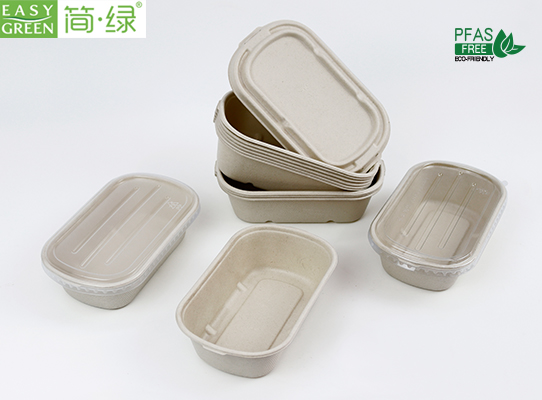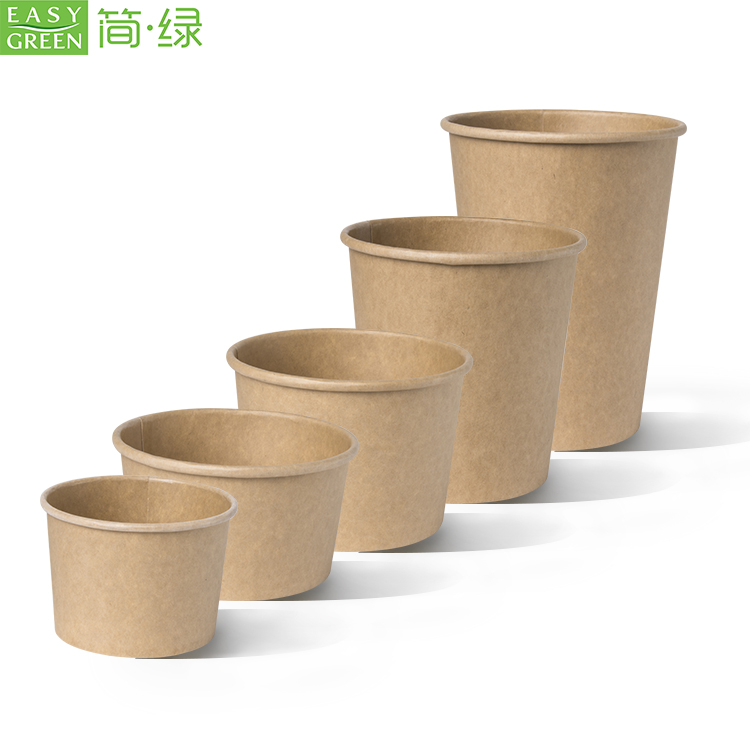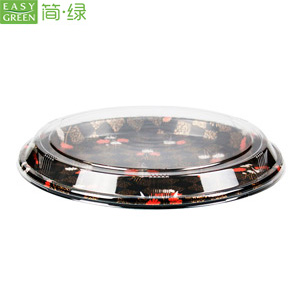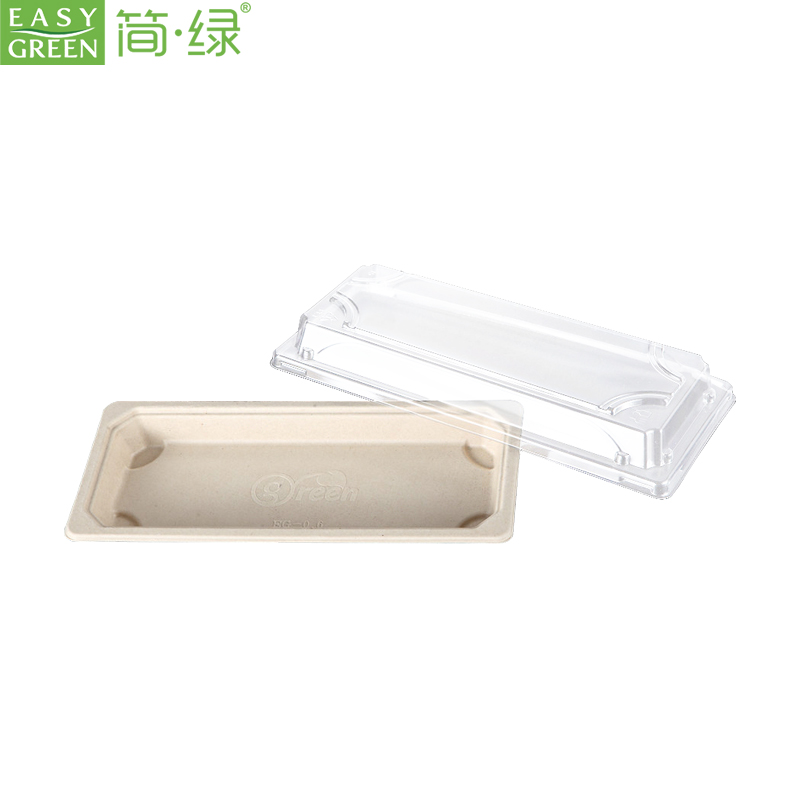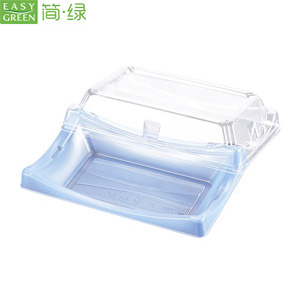In the quest for sustainable and environmentally friendly practices, the world of packaging has undergone a green revolution. One material that's making waves, particularly in the produce aisle, is bagasse sugarcane packaging. As consumers become increasingly conscious of their ecological footprint, this innovative solution is proving to be a fresh and green alternative, transforming the way we package and consume fruits and vegetables.
From Byproduct to Packaging: The Bagasse Advantage
Bagasse, the fibrous byproduct left after extracting juice from sugarcane, has found a new purpose as a sustainable packaging material. This eco-friendly alternative to traditional plastic and foam packaging is renewable, as sugarcane is a rapidly regenerating crop. By utilizing bagasse for produce packaging, we not only reduce dependence on non-renewable resources but also minimize agricultural waste, turning it into a valuable resource in the process.
Preserving Freshness: Bagasse's Breathable Nature
One of the key advantages of bagasse sugarcane packaging in the produce aisle is its breathable nature. Unlike conventional plastic packaging, bagasse allows fruits and vegetables to breathe, preventing moisture buildup and reducing the risk of premature decay. This breathability enhances the shelf life of produce, ensuring that consumers enjoy fresh, high-quality fruits and vegetables without compromising on sustainability.
Customizable and Versatile: Adapting to Produce Needs
Bagasse sugarcane packaging is highly adaptable, making it suitable for a wide variety of fruits and vegetables. Its moldable nature allows for customizable designs that cater to the specific needs of different produce items. Whether it's protecting delicate berries or providing a sturdy enclosure for larger fruits, bagasse packaging offers versatility without sacrificing its eco-friendly credentials.
Reducing Plastic Waste: A Step Toward a Greener Future
The produce aisle has traditionally been synonymous with plastic packaging, contributing significantly to the global plastic waste crisis. Bagasse sugarcane packaging presents a sustainable solution by reducing the reliance on single-use plastics. As consumers increasingly prioritize eco-friendly choices, the adoption of bagasse packaging in the produce section becomes a tangible step towards creating a greener and more sustainable future.
Educating Consumers: The Role of Bagasse in Environmental Awareness
The introduction of bagasse sugarcane packaging in the produce aisle also serves as an opportunity for environmental education. Retailers can use this shift to inform consumers about the benefits of sustainable packaging and its positive impact on the environment. This educational aspect not only raises awareness but also empowers consumers to make environmentally conscious choices in their daily lives.
In conclusion, the incorporation of bagasse sugarcane packaging in the produce aisle marks a significant stride towards a more sustainable and environmentally conscious future. By harnessing the potential of sugarcane byproducts, we are not only reducing waste but also contributing to the health of our planet. Fresh and green, bagasse sugarcane packaging is more than just a packaging material; it's a step towards a healthier and more sustainable relationship with the produce we consume.
 English
English 
